Netrakona, Aug 17 (V7N) — Jute cultivation is currently in full swing across Netrakona district, with farmers engaged in harvesting and processing activities despite inconsistencies in regulatory oversight. For the fiscal year 2025–26, the target for jute cultivation in the district was set at 4,590 hectares, with actual cultivation reported on 4,410 hectares, according to local officials.
Among the total, 769 hectares were used to cultivate deshi (local) jute varieties, with major contributions from Kendua (260 ha), Sadar (255 ha), and Mohanganj (125 ha). Tossa jute was cultivated on 296 hectares, predominantly in Mohanganj (100 ha), Kendua (80 ha), and Atpara (40 ha). Kenaf jute—used increasingly as an alternative fiber—was the most widely cultivated, covering 2,915 hectares. This included 1,275 hectares in Mohanganj, 900 in Madan, and 310 in Atpara. Meanwhile, mesta jute was grown on 430 hectares, primarily in Barhatta (290 ha), Kendua (90 ha), and Atpara (50 ha).
Comparatively, in the previous fiscal year, jute cultivation was reported on 4,569 hectares, including 690 ha of deshi, 225 ha of tossa, 3,154 ha of kenaf, and 500 ha of mesta jute.
While jute farming continues, regulatory efforts appear inconsistent. Sameer Chandra Sawdagar, the Chief Inspector of the Department of Jute in Netrakona, and Assistant Jute Development Inspector Md. Elias Uddin, reported that while the department targets 25 mobile court drives per year to monitor illegal activities and ensure fair practices, only 14 were conducted last year. So far this year, none have taken place. Although the license issuance target last year was 100, only 78 were issued. This year, 45 new licenses have been granted to date.
Questions have been raised about the presence and accountability of district-level officials. Jute Development Officer Akram Hossain has reportedly been absent from the office for extended periods. When contacted, he attributed the issue to inefficiencies by outsourced staff but claimed he attends regularly. However, evidence suggests he has not been present for at least the past four consecutive days. He did not provide a clear response when confronted with this information.
Commenting on the broader picture, Mohammad Nuruzzaman, Deputy Director of the Netrakona Department of Agricultural Extension, said, “If the use of jute and jute products can be expanded and market demand increased, farmers will receive fair prices. That, in turn, would encourage wider cultivation and help restore the golden era of jute in Bangladesh.”
Despite administrative shortcomings, Netrakona’s farmers remain committed to jute cultivation, a vital crop for both the local economy and Bangladesh’s efforts to revive sustainable natural fibers.
END/ATN/SMA/



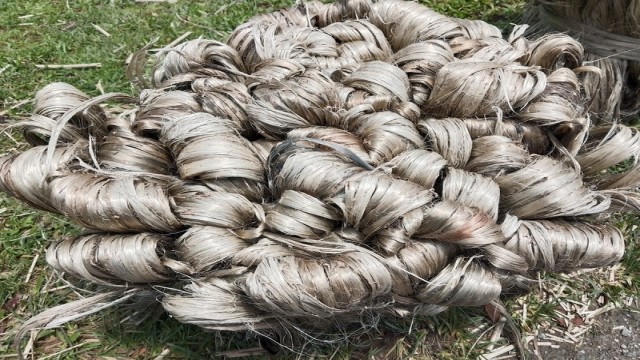
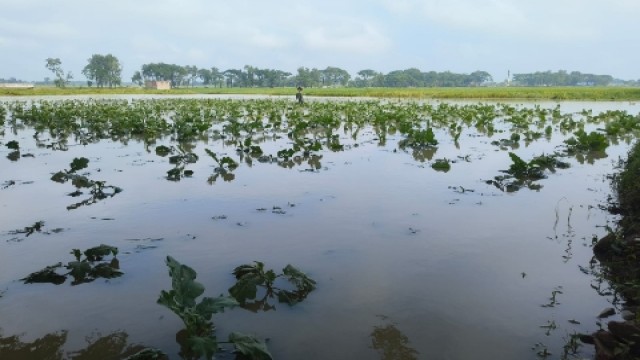
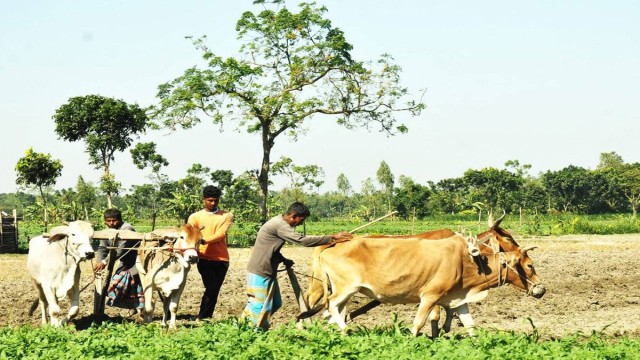
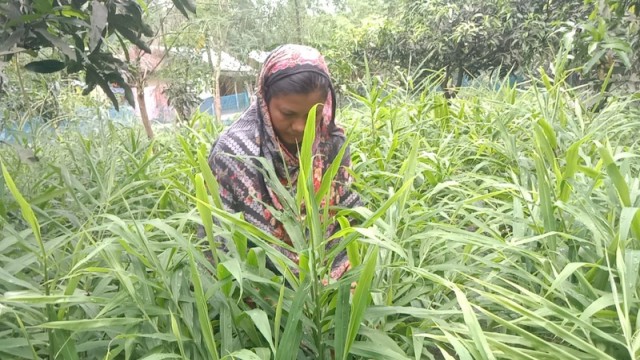
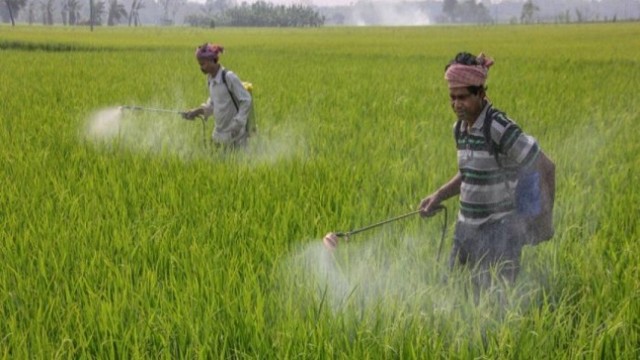
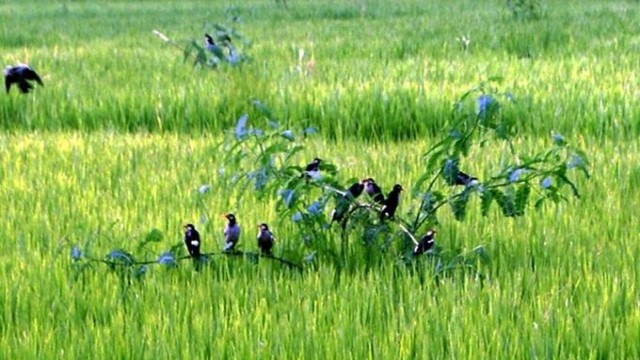
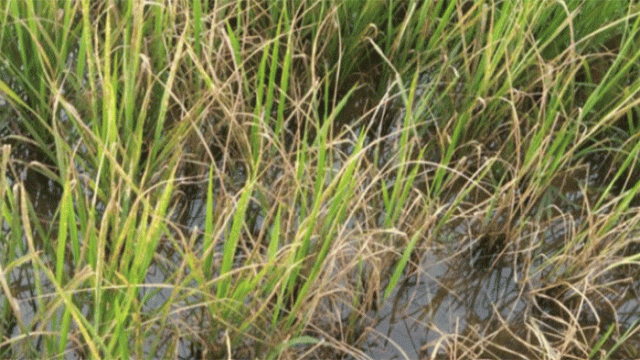

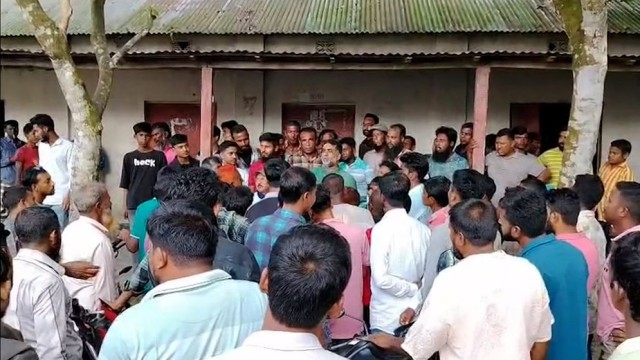
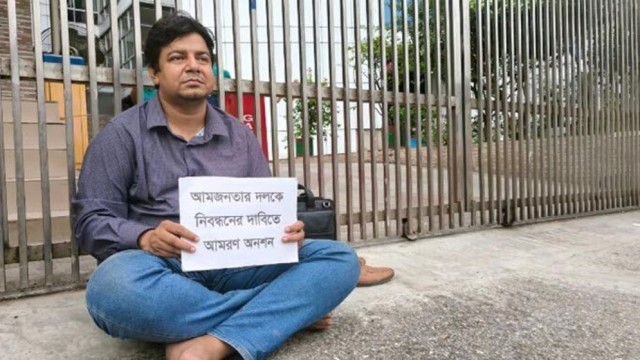
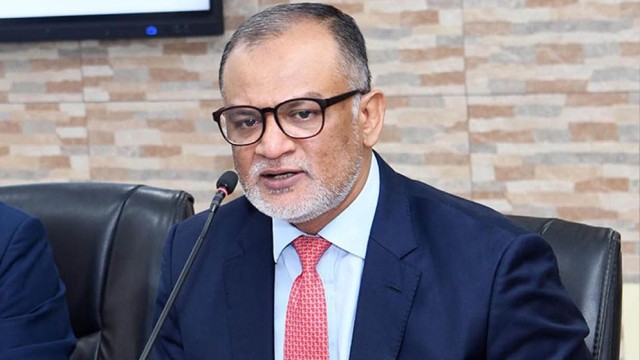
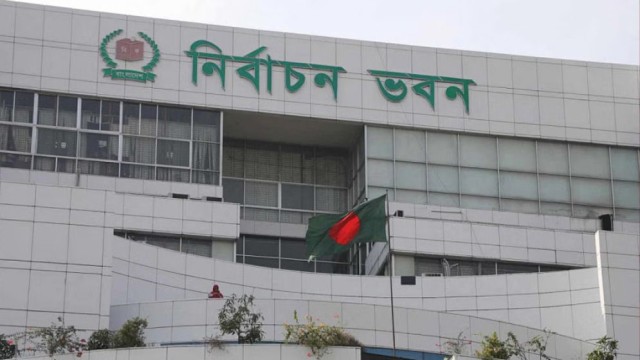
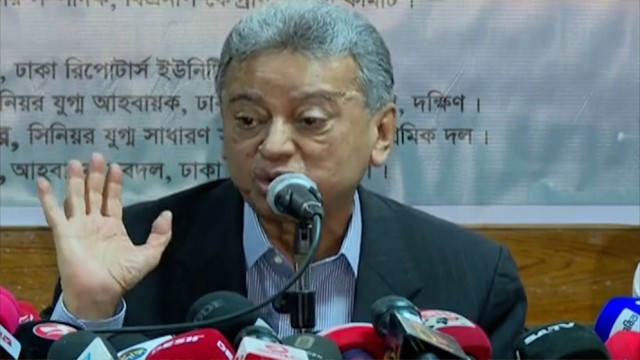

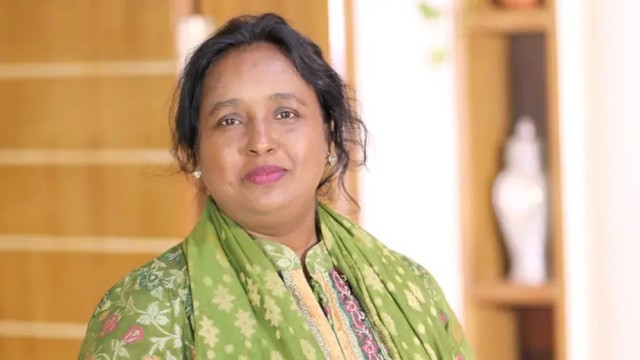





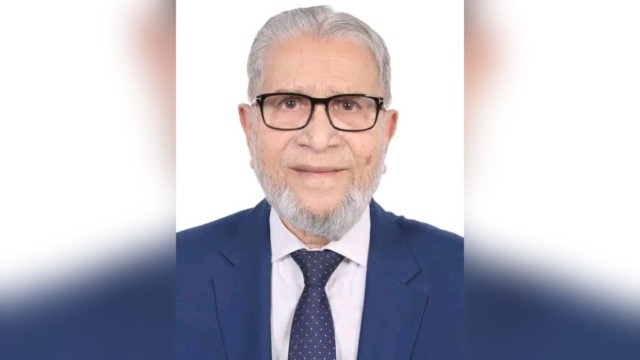

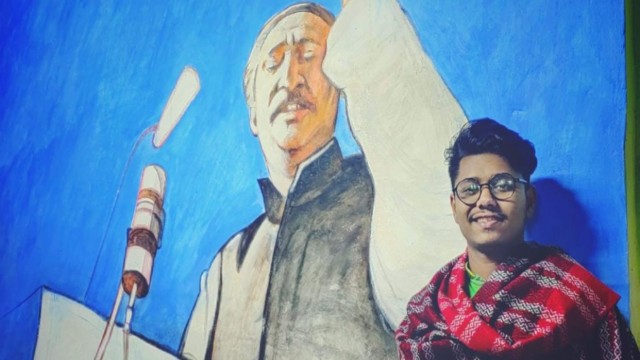
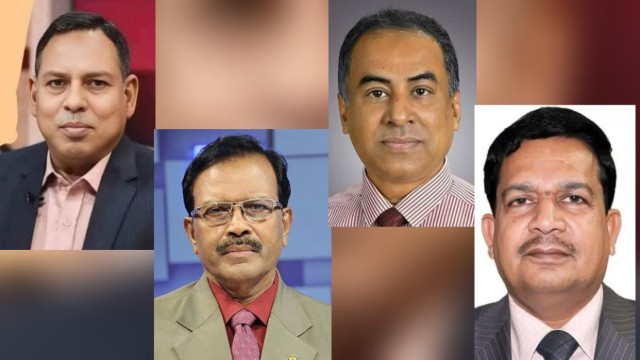

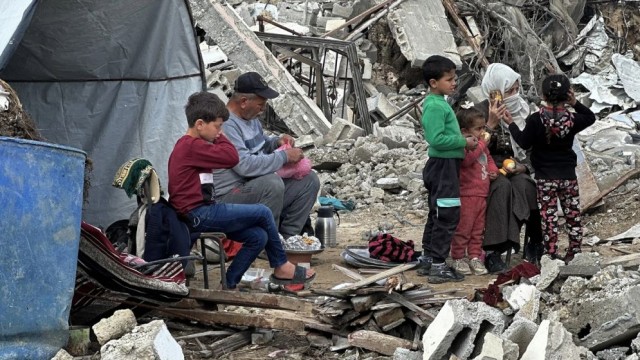


Comment: